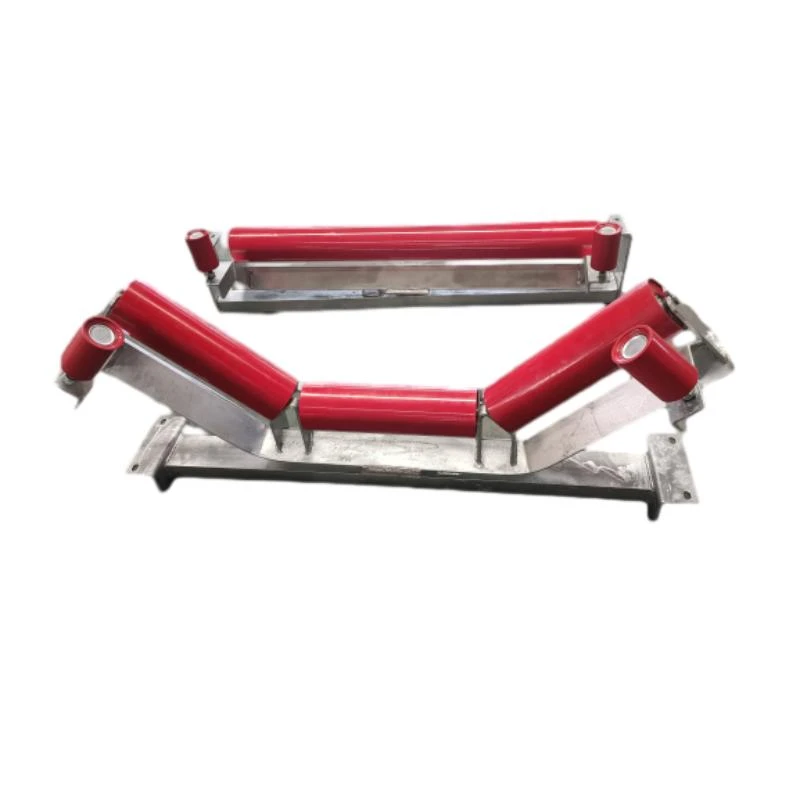 Afrikaans
Afrikaans  Albanian
Albanian  Amharic
Amharic  Arabic
Arabic  Armenian
Armenian  Azerbaijani
Azerbaijani  Basque
Basque  Belarusian
Belarusian  Bengali
Bengali  Bosnian
Bosnian  Bulgarian
Bulgarian  Catalan
Catalan  Cebuano
Cebuano  Corsican
Corsican  Croatian
Croatian  Czech
Czech  Danish
Danish  Dutch
Dutch  English
English  Esperanto
Esperanto  Estonian
Estonian  Finnish
Finnish  French
French  Frisian
Frisian  Galician
Galician  Georgian
Georgian  German
German  Greek
Greek  Gujarati
Gujarati  Haitian Creole
Haitian Creole  hausa
hausa  hawaiian
hawaiian  Hebrew
Hebrew  Hindi
Hindi  Miao
Miao  Hungarian
Hungarian  Icelandic
Icelandic  igbo
igbo  Indonesian
Indonesian  irish
irish  Italian
Italian  Japanese
Japanese  Javanese
Javanese  Kannada
Kannada  kazakh
kazakh  Khmer
Khmer  Rwandese
Rwandese  Korean
Korean  Kurdish
Kurdish  Kyrgyz
Kyrgyz  Lao
Lao  Latin
Latin  Latvian
Latvian  Lithuanian
Lithuanian  Luxembourgish
Luxembourgish  Macedonian
Macedonian  Malgashi
Malgashi  Malay
Malay  Malayalam
Malayalam  Maltese
Maltese  Maori
Maori  Marathi
Marathi  Mongolian
Mongolian  Myanmar
Myanmar  Nepali
Nepali  Norwegian
Norwegian  Norwegian
Norwegian  Occitan
Occitan  Pashto
Pashto  Persian
Persian  Polish
Polish  Portuguese
Portuguese  Punjabi
Punjabi  Romanian
Romanian  Russian
Russian  Samoan
Samoan  Scottish Gaelic
Scottish Gaelic  Serbian
Serbian  Sesotho
Sesotho  Shona
Shona  Sindhi
Sindhi  Sinhala
Sinhala  Slovak
Slovak  Slovenian
Slovenian  Somali
Somali  Spanish
Spanish  Sundanese
Sundanese  Swahili
Swahili  Swedish
Swedish  Tagalog
Tagalog  Tajik
Tajik  Tamil
Tamil  Tatar
Tatar  Telugu
Telugu  Thai
Thai  Turkish
Turkish  Turkmen
Turkmen  Ukrainian
Ukrainian  Urdu
Urdu  Uighur
Uighur  Uzbek
Uzbek  Vietnamese
Vietnamese  Welsh
Welsh  Bantu
Bantu  Yiddish
Yiddish  Yoruba
Yoruba  Zulu
Zulu carrier idler
Understanding Carrier Idlers Key Components in Transportation Systems
In the realm of transportation, particularly in the context of railway and heavy-duty machinery, the term carrier idler frequently arises. Carrier idlers play a crucial role in the functioning and efficiency of various transport systems, particularly in ensuring the smooth movement of materials and vehicles. This article delves into the significance of carrier idlers, their design, functionality, and applications in different industries.
A carrier idler can be defined as a supporting wheel or roller that is typically used to stabilize and guide the movement of conveyor belts, tracks, or other systems where friction and load are critical considerations. In essence, carrier idlers help to reduce the wear and tear on the main components of a transportation system, facilitating a smoother operation while prolonging the life of the machinery involved.
One of the most prominent applications of carrier idlers is found in conveyor systems. In manufacturing and logistics, conveyor belts are instrumental in moving goods from one point to another efficiently. The integration of carrier idlers into these systems allows for improved load distribution and minimizes the risk of belt misalignment. By reducing friction and providing continuous support, carrier idlers ensure that materials are transported securely and without interruptions, enhancing overall productivity.
Carrier idlers also play a significant role in the railway industry. In rail systems, these components are integrated into the structure of railway tracks and rolling stock. They contribute to the stability of wheels while minimizing the wear on the rail surface. By helping to distribute the weight of trains evenly, carrier idlers mitigate the risk of derailment and enhance safety for both passengers and freight.
carrier idler

Another critical application of carrier idlers is in the realm of construction and heavy machinery. Equipment such as excavators, bulldozers, and track loaders employ carrier idlers to provide stability and support to their tracks. This is particularly important in rugged terrains where uneven surfaces can pose challenges to machinery operation. Carrier idlers help these machines navigate challenging environments by maintaining a consistent ground contact, thus enhancing their performance and reducing operational downtime.
The design of carrier idlers has evolved significantly over the years. Modern idlers are engineered to withstand extreme conditions, including varying temperatures, weights, and environmental factors. They are often constructed from durable materials such as high-strength steel or environmental-resistant polymers. Moreover, advancements in technology have led to the development of idlers with features such as self-lubrication and maintenance-free designs, allowing for longer operational periods without the need for frequent servicing.
Furthermore, the maintenance of carrier idlers is crucial for optimal performance. Regular inspections are necessary to identify signs of wear, misalignment, or damage. Addressing these issues promptly can prevent more significant problems and costly repairs down the line. Organizations often implement preventive maintenance schedules to ensure that all components of their transportation systems, including carrier idlers, are in good working order.
In conclusion, carrier idlers are essential components of various transportation systems, contributing to their stability, efficiency, and safety. Their applications span multiple industries, from manufacturing and logistics to railways and heavy machinery. By ensuring smooth operation and prolonging the life of equipment, carrier idlers play a vital role in modern transportation infrastructure. As industries continue to evolve, so will the designs and technologies surrounding carrier idlers, paving the way for greater efficiency and innovation in the field.
-
Revolutionizing Conveyor Reliability with Advanced Rubber Lagging PulleysNewsJul.22,2025
-
Powering Precision and Durability with Expert Manufacturers of Conveyor ComponentsNewsJul.22,2025
-
Optimizing Conveyor Systems with Advanced Conveyor AccessoriesNewsJul.22,2025
-
Maximize Conveyor Efficiency with Quality Conveyor Idler PulleysNewsJul.22,2025
-
Future-Proof Your Conveyor System with High-Performance Polyurethane RollerNewsJul.22,2025
-
Driving Efficiency Forward with Quality Idlers and RollersNewsJul.22,2025





























